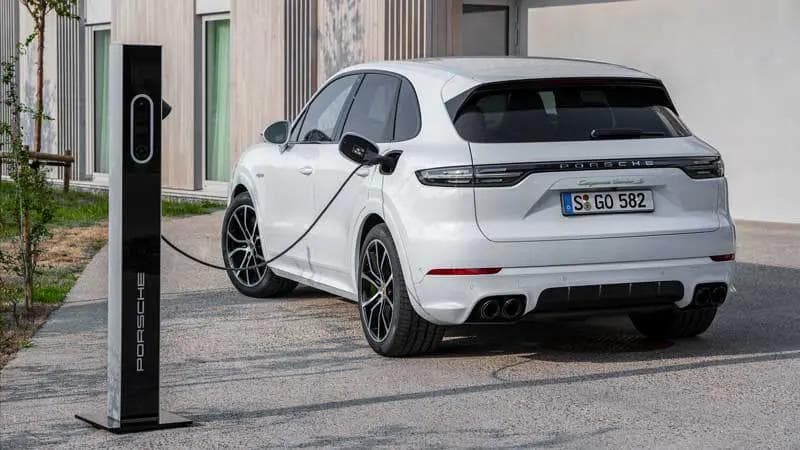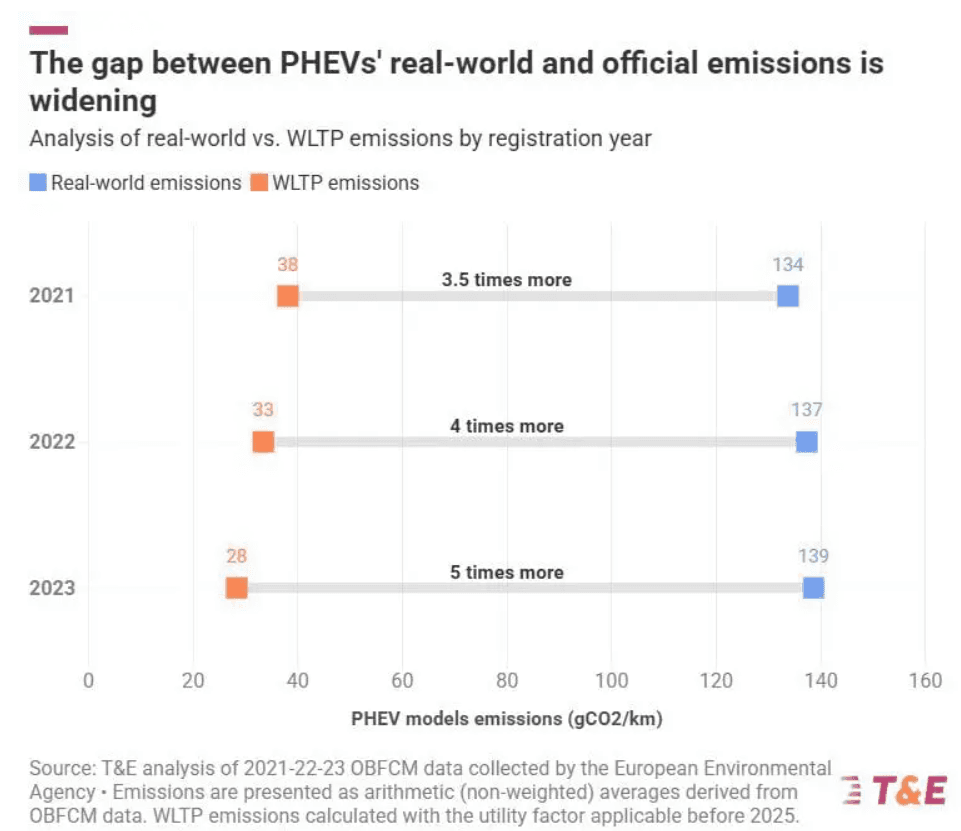
Key Points
- PHEVs emit more than claimed – real-world emissions average 139 g CO₂/km, nearly five times higher than official results.
- Data-backed findings – analysis covers over 800,000 PHEVs registered between 2021 and 2023.
- Testing overhaul – the EU is tightening WLTP assumptions with stricter utility factors from 2025 onward.
- Policy pressure – automakers want PHEV sales extended, but regulators remain firm on the 2035 zero-emission deadline.
- Gap widening – the difference between test results and actual driving emissions has grown every year since 2021.
A new European study has revealed that plug-in hybrid electric vehicles (PHEVs) are producing far more emissions than advertised. On-road data shows real-world emissions are five times higher than official test results, raising questions about their role in Europe’s path to zero emissions.
▶️MORE: The 5 Cheapest PHEVs in Australia (2025) - zecar.com
Real-World Driving vs Laboratory Tests
Transport & Environment (T&E) analysed data from the European Environment Agency (EEA), which has tracked more than 800,000 PHEVs registered between 2021 and 2023. The results show that average emissions reach 139 g CO₂/km, compared to the 28 g CO₂/km recorded under the standardised WLTP test cycle.
In 2021, the gap between test and reality was 3.5 times. By 2023, the difference had widened to nearly five times, despite automakers promoting hybrids as a cleaner option.
The key reason for the mugh higher levels of emissions is due to the significantly lower percentage of electric range being used on trips comapred to tetsing cycle assumptions like WLTP.
The EEA’s data is drawn from on-board fuel consumption meters (OBFCM), mandatory since 2021, providing an accurate picture of how these vehicles perform on real roads.
▶️MORE: EV Charging Guide | Zecar | Resources | News

EU Response and Industry Pushback
European carmakers have pushed to extend PHEV sales beyond the 2035 deadline for zero-emission vehicles. However, the findings undermine their case.
The EU is now reforming how WLTP values are calculated. A key change is the utility factor (UF), which measures the share of distance assumed to be driven in electric-only mode. Currently, WLTP assumes that a PHEV with a 60 km electric range operates on battery for more than 80% of its trips.

Under new rules:
| Timeline | Utility Factor (UF) assumption |
| Current | ~80% (for 60 km PHEV range) |
| 2025/26 | 54% |
| 2027/28 | 34% |
▶️MORE:Which Electric Cars Have Bidirectional Charging …
These lower thresholds reflect actual driver behavior, aligning official data more closely with real-world use.
Meanwhile, EU Commission president Ursula von der Leyen confirmed that the Commission will stick with the 2035 ban on new combustion car sales, despite calls from some automakers to delay.
Stay up to date with the latest EV news
- Get the latest news and update
- New EV model releases
- Get money savings-deal
